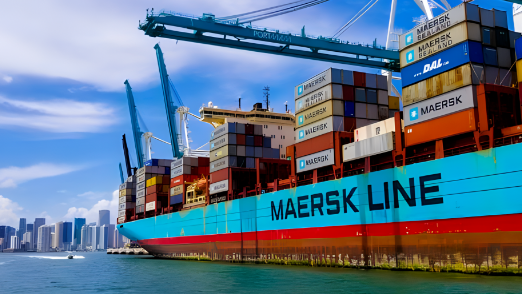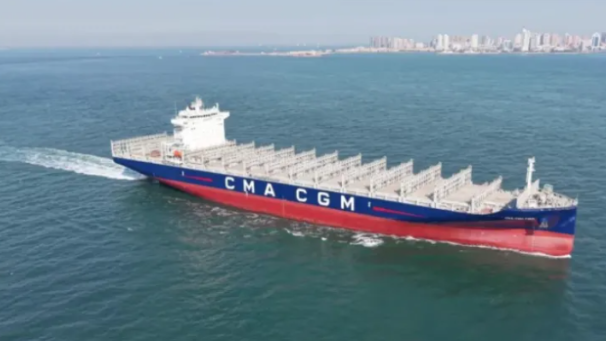In recent weeks, global air freight rates have been on a steady rise, especially as shippers rush to move goods ahead of a potential trade war and the U.S. cancellation of the de minimis tax exemption. The upward trend has been particularly pronounced despite a volatile and complex market environment, with transportation costs showing no signs of decline.
According to data from the TAC Index, the Baltic Air Freight Index rose by 7.1% over the four weeks ending March 31, marking a year-on-year increase of 5.1%. This strong performance stands out even compared to last year’s surge driven by booming e-commerce demand. TAC editor Neil Wilson noted that the combination of high freight rates and relatively low fuel costs appears to be boosting airline profit margins.
Analysts believe that the recent rate hike—particularly over the past two to three weeks—is largely driven by a wave of cargo shipments from China, aimed at beating the anticipated new U.S. tariffs. Outbound routes from Hong Kong and Shanghai saw increases of 6.3% and 11.9% respectively, with Shanghai also registering a 3.4% year-on-year rise. However, Wilson warned that with new tariffs taking effect on April 2, future trade volumes may be impacted, potentially leading to a decline in freight rates. In fact, some industry insiders have already observed softening spot prices this week, though it remains to be seen whether the trend will continue.
Beyond tariffs, Freightos Head of Research noted that the U.S. will end its de minimis exemption for Chinese imports on May 2, which could further destabilize the air cargo market. Reports have emerged of Block Space Agreements (BSAs) between China and the U.S. being canceled, charter flights withdrawn, and airlines shifting capacity to other markets. With a potential drop in e-commerce demand, overall air cargo volumes may also decline.
Levine predicted that the air cargo market will see a final surge in demand over the coming weeks, pushing rates higher, but both cargo volume and freight rates may sharply decline after May 2. The reallocation of air capacity could also have a domino effect on other routes, potentially dragging down overall freight rates.
Industry consultant Brinkley Chan pointed out that while global e-commerce continues to grow, China’s cost advantage in this sector is gradually eroding, prompting some production to shift to other regions such as Europe and Southeast Asia. This shift could impact air freight activity, with the effects likely becoming visible by May or June.
For the air freight industry, the ongoing expansion of e-commerce may serve as a key factor in supporting rates and preventing a complete market collapse. TAC also noted that some market trends have gained enough momentum that they may continue to shape the air cargo sector, regardless of changes in tariffs or trade barriers.
Overall, the future of the air freight market remains highly uncertain. As May approaches, sharp fluctuations in shipping demand could have a significant impact on freight rates. For cross-border logistics businesses, accurate forecasting and agile adjustments will be crucial to navigating the changing landscape.

Last
Weather Delays Lead to Adjustments for Maersk Colombo and Maersk Cubango
Due to weather conditions in Cape Town, some adjustments have been made for Maersk Colombo 511E and Maersk Cubango 510E.Please not

Next
Bureau Veritas Successfully Delivers Final 5,500 TEU Vessel for CMA CGM, Setting New Benchmark for Green and Efficient Shipping
Bureau Veritas Marine & Offshore (BV) has successfully delivered CMA CGM Tiga, the final vessel in a series of ten 5,500 TEU c




